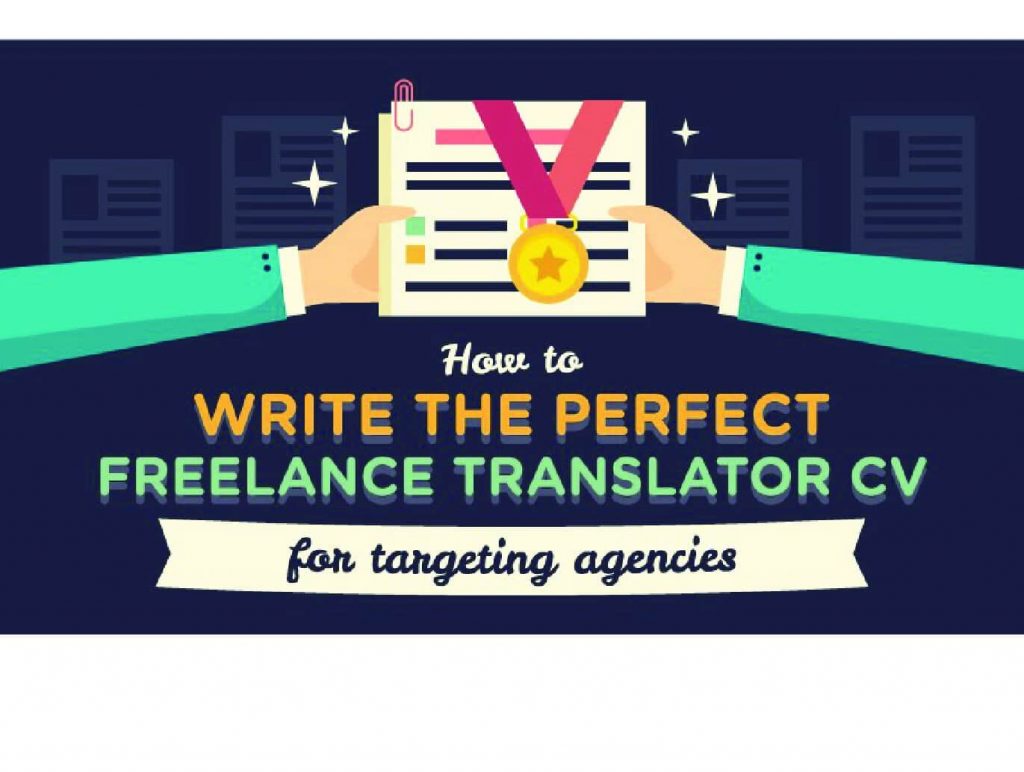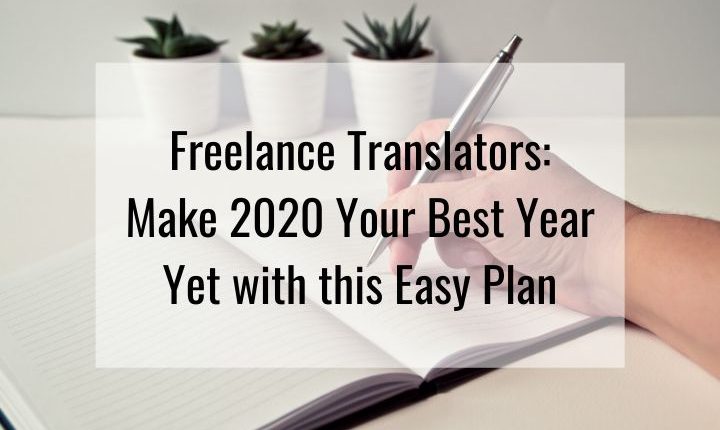VINALOCALIZE is a stepping stone for many new freelance translators who are trying to gain more experience and opportunities to hone their craft. Once you’ve acquired valuable translation know-how, you’ll be ready to embrace more challenges and apply to other translation agencies.
Crafting a strong, organized, and persuasive CV is the first step you should take to increase your chances of working with more clients and landing more interesting projects. Market your translation services better with our tips and guidelines.
1. Be clear and concise
As with any form of written communication, always have your target audience in mind. Project managers and HR personnel are busy professionals who receive countless applications so craft yours to stand out right away.
Start by clearly stating your language pair/s in the title, for example, “Experienced Italian to English translator”. Make sure your CV is well-structured and use subheadings in bold to improve readability. There are easy-to-download templates to help you create a professional and organized résumé. The top third part should highlight your most recent work experience, your skills and area of expertise.

Below are the essential elements of a translator’s CV:
- Professional summary and certifications
- Areas of specialization
- Skills
- Work experience
- Education
- Portfolio/published work
- Hobbies & interests (optional)
Try to keep your CV to two pages and remove irrelevant information—recruiters only take around six seconds to scan a CV. To declutter your resume, exclude unnecessary personal details such as your birthday and home address. But do include your Skype ID for online interviews, and links to your portfolio, LinkedIn and ProZ profiles, as well as your blog if it’s industry-related and work appropriate.
2. Highlight your strengths
Tailor your CV to meet the requirements of the client by highlighting your areas of specialization and emphasizing what you can contribute to the company or project. Your professional summary should emphasize both your hard and soft skills, and your certifications should also be front and center.
Incorporate valuable strong points such as reliability, good time management, and excellent communication skills. It is best to list your specialty or niche to let the company or client know what you’re good at and to help them identify projects that match your skills and strengths. If you don’t have a niche yet, include the topics and fields you’re passionate about. Saying you can translate any topic well is a no-no because typically you won’t be picked for any project.
Here’s an example of a good professional summary:
Native French speaker. Master’s Degree in French as a foreign language. Certified English-French translator with a strong business writing background and years of experience translating for ecommerce sites. Proficient in English and French with outstanding verbal, written, and editing skills. A good multitasker and quick learner who is knowledgeable in online translation and project management tools.
3. Prove your expertise
Your work experience—the main bulk of your CV—should demonstrate and support the statements you’ve provided in your professional summary. In this section, provide concrete examples to show how you have contributed to your previous companies or projects. Describe your notable translation projects, their word counts, and the language pair/s. If possible, mention the clients. If you can’t name the companies or brands due to NDA restrictions, a brief description of the business and the kinds of text you’ve translated will suffice.
For example:
✓ [English to French] Translation and proofreading of 500,000 units of website and marketing content for various translation agencies, including VINALOCALIZE.com
✗ I worked for VINALOCALIZE.com for three years
Or you can go into more detail:
Various clients for VINALOCALIZE.com [English to French]
- Translated over 40,000 units of user-generated content for a leading travel review website
- Translated subtitles for seven full-length movies from major Hollywood studios from English to Japanese
- Translated over 50,000 units of product descriptions for a leading ecommerce fashion website in Europe
Make sure your published works are prominently listed since these are more credible and could be considered as career accomplishments. If your work is online, share the URLs and hyperlinks, but choose them wisely. There’s no need to attach translation examples to your CV unless specifically requested.
Lastly, some companies appreciate references from your past project managers and companies. VINALOCALIZE translators can obtain a reference letter by contacting our Support team. Or, including “References available upon request” at the end of your CV is often sufficient. Stating your hobbies and interests is optional, though some applicants do it to reveal their personalities.
We hope these tips help you to give a good first impression and land you more freelance projects in the future.
What other tips and advice would you share to those who are just starting out in the translation industry? We’d love to hear from you!



